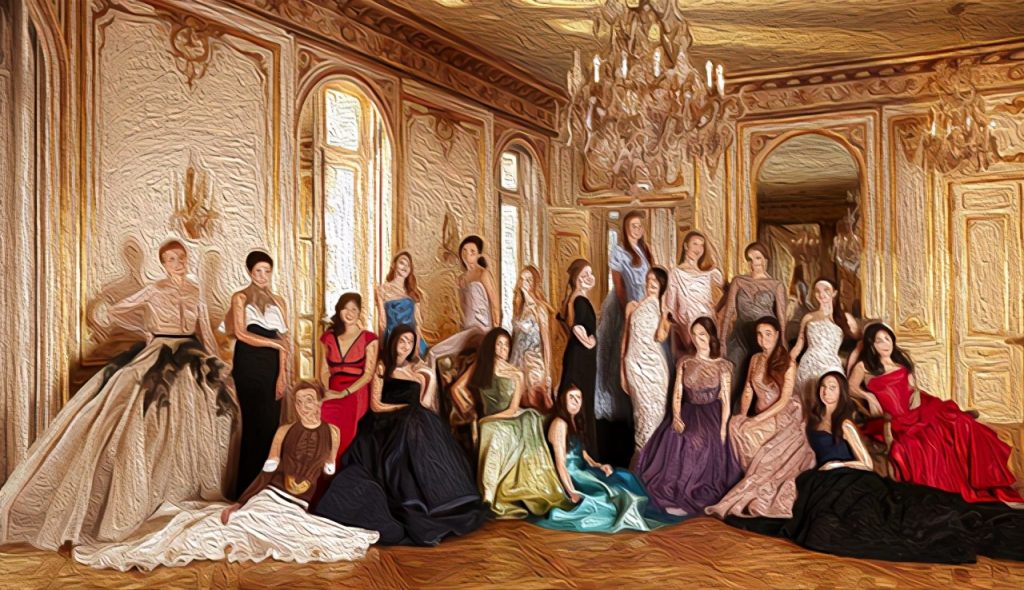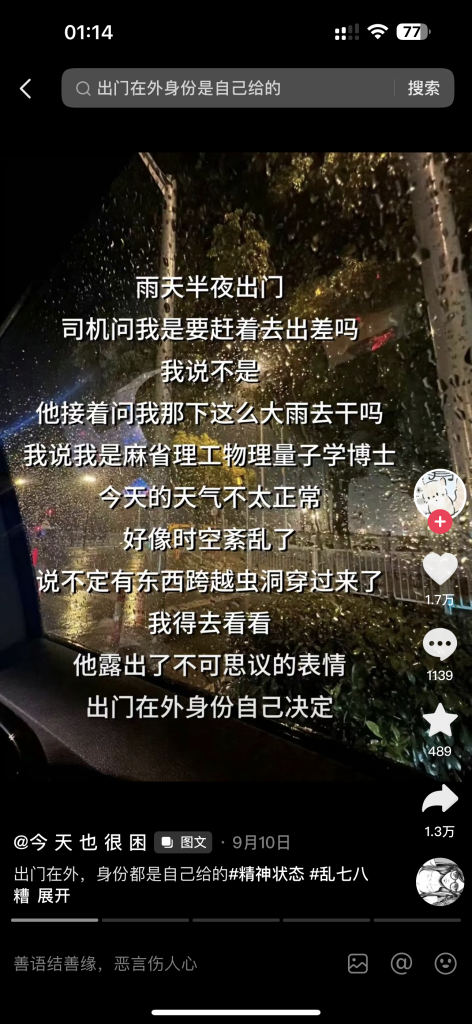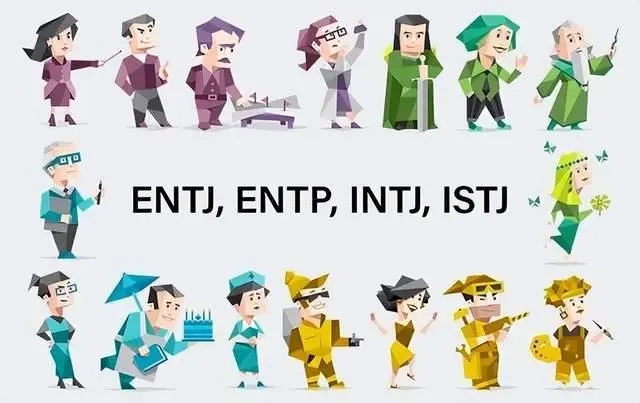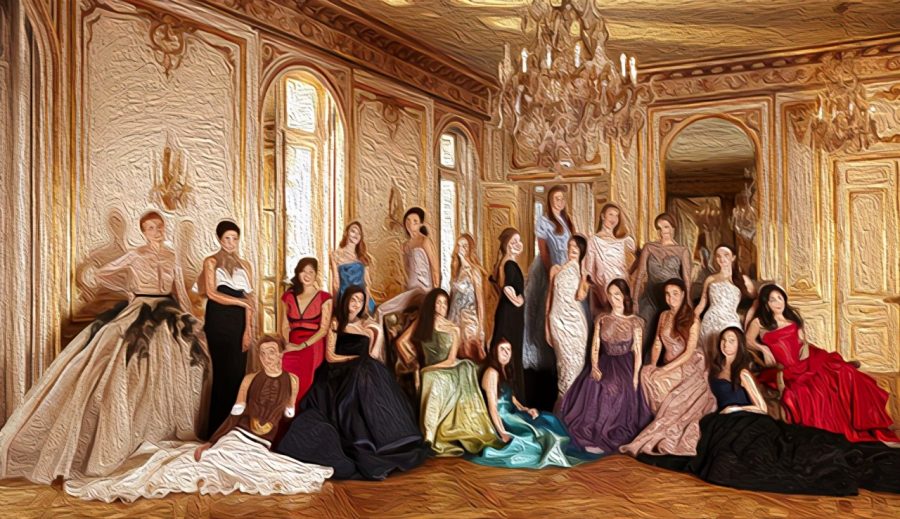In class we talked about the creation of self-identity in the digital world, the so-called thousands of faces, many people in the digital world show their true selves, and some people use the Internet world to package themselves. It is not just individuals, it is also apply to politics and business. We have new identities online and we have lost some of them.
During a conversation with my friend, she told me that when she meets different people, she puts on different personalities and creates different people for herself in order to fit in better. In high school she packaged herself as a stable and quiet person, but in college she showed herself to be outgoing and lively. To her parents she is a dependent personality, but to her friends she is an independent leader.

Such packaging in real life and packaging in the network world is similar. Goffman, in āThe Presentation of the Self in Everyday Lifeā, suggested that “Ā Social constructional of slef inĀ a world he consider to be a stage , with all men and women merely being the players“. Social media is like a floor that provides space for people to adopt different identities to present themselves to society. Because of social media, we have moved from “self-expression” to “self-presentation”, because expression is not attractive enough, and if we know which package is most attractive, we will continue to wear this “mask”.


We also talked about a typical case together in class, which impressed me deeply. The girl packaging herself as a cultural bachelor profound person. But in the end the lie was exposed, and she was just a liar with cheating gunner behind her back.
In China, there is a popular saying that “when you go out, you give yourself your identity!” There are dozens of videos on Tiktok making fun of the meme. The most typical video is that college students on the way back to school, when asked by passers-by on the high-speed train which school they are from, everyone will choose to make up a lie to make their education sound better.
While the web allows us to fabricate identities at will, we also need to consider when we actually need to communicate. Under certain circumstances, we can also remove this layer of packaging on the network, so that people can have the experience of improving themselves and becoming real “people”.

I myself am a typical example, when I use Wechat to share my daily life, there will be a reminder at the bottom of Wechat: “Who do you not want to see“. In this column, I have classified four groups, which are “Family, Friends, Teachers, Strangers“. The purpose of this classification is that when I choose to share my life, I can show different lives to different people, and I can be more authentic and show my real self to my family and close friends. For example, if I am not happy one day and share my questions and thoughtsĀ in the wechat, I will often only allow my family and friends to see it. When they see it, they encourage me and answer my questions. In this way, I have the input of experience and can be encouraged in the process.

why I chose this formatļ¼
The reason why I choose the written blog is that I think this kind of blog can better output my opinions, and I can intersperse some photos to confirm these opinions. I also have many examples that I would like to share with you, some that I have seen on the Internet and some that have happened around me. It can’t be done any other way.
Reference
Goffman, E. (1959).Ā The Presentation of Self in Everyday Life. London: Penguin Books.Ā
Couldry,N. & Hepp,A.(2017)Ā The Mediated Construction of Reality.Ā Cambridge: Polity [See sectionĀ 2.3Ā Media and the Communicative Construction of the Social World]
Scannell, P. (2007). Media and Communication. London: Sage. āChapter 6: Communication as interaction: Goffman and Garfinkel, USA, 1950s-1970sā (pp.145-168)
Baym, Nancy (2010),Ā Personal Connections in the Digital Age. Cambridge:Ā


Great writing! I sometimes block some family or friends when posting my WeChat status. Although I know this is also my packaging for myself, and I don’t want some negative emotions to affect some people. However, as long as we are essentially a real person, different identities online may not have a significant impact on ourselves.
This is an interesting article where you introduce the diversity of identities in different contexts. This is a very realistic phenomenon, But as you said, “Although the internet allows us to forge identities at will, we also need to consider when communication is truly necessary. In some cases, we can also remove this layer of packaging from the internet, giving people the experience of improving themselves and becoming true ‘people’ This is a thought-provoking and thought-provoking passage that I have repeatedly incorporated myself into when reading your article. Overall, this is a great article.